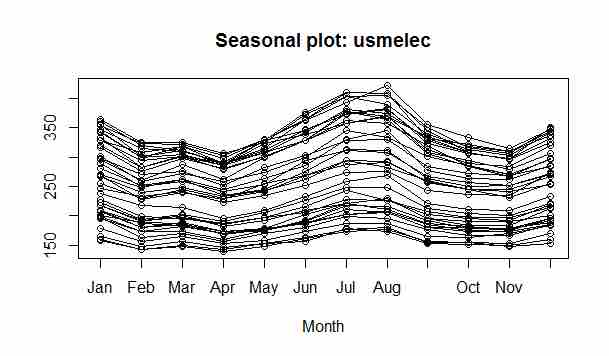Many industries are subject to dips and rises and demand as a result of seasonality. Logically, sourcing the same amount of a given product each month for inventory is not a practical choice in these industries. Inventory management in seasonally impacted businesses can become quite complex, as the accuracy of inaccuracy of forecasts can have substantial impacts on overall profitability.
Reasons to Keep Inventory
In an ideal world, a business would avoid the need for inventory through perfect operational management and completely accurate projections. Of course, this is impossible. As a result, business must balance risk and opportunity to ensure that inventory is available when it is needed and waste is minimized. Inventories are kept due to:
- Time - No supply chain is perfect, and often enough time lags can ruin potential business opportunities. Playing it safe and have certain items in stock ahead of time can avoid opportunity costs.
- Uncertainty - Supply and demand are not perfectly predictable. Uncertainty means keeping enough on hand to fill fluctuations in demand.
- Economies of scale - Many business exist solely because they take the risk of buying a high volume a given product at a lower price in hopes of marking up the price and selling each one individually to customers. This is called economies of scale, and by nature it requires some storage and inventory. Grocery stores function this way.
- Appreciation in Value - Some business keep inventory as an investment. Fine wines and cheese, for example, will appreciate in value over time. The downside is it will cost money to keep them (both require appropriate temperature conditions, for example).
Determining Seasonality
Among the many reasons to keep inventory is planning for seasonality. Businesses should first measure whether or not consumer demand and subsequent inventory requirement are subjected to predictable seasonal trends. There are a number of ways to do this utilizing existing historical sales data as well as data from external research on the industry itself. There are countless models and methods of organizing seasonal data to determine, but from the managerial frame mostly analysts preferred distribution of data should ultimately communicate the same correlations (or lack thereof) for differences in sales on a monthly basis.
Once seasonality is determined, business should measure the fluctuations from year to year and the opportunity costs of having too much or too little on hand. Once this is accomplished, the business can order the ideal amount based on data-driven projections to capture as much opportunity as possible without taking the risk of over ordering (and thus overpaying for storage).
Perishable Goods
An important aspect of seasonal inventory management is the concept of perishable goods. From food to fashion to technology, many goods simply either go bad or lose most of their value for no other reason that culture has passed it by. This is called a perishable good. Perishable goods have an even greater opportunity cost when it comes to mismanaging (and erroneously predicting) demand. If too much of a perishable good is ordered, not only will it cost the organization in unnecessary inventory fees, but also adds the risk of never been sold at all (a complete sunk cost at that point).
As a result, understanding the shelf life of a good, the risk of over or under stocking, and recognizing the ebb and flow of seasonal demand can add a great deal to the profitability of an organization.

Seasonality Plot Example
In this chart, consumption (demand) of electricity over a twelve month time frame is illustrated over time. Higher capacities are required in certain months (in this case - August) and capacity must be expanded to take this into account.